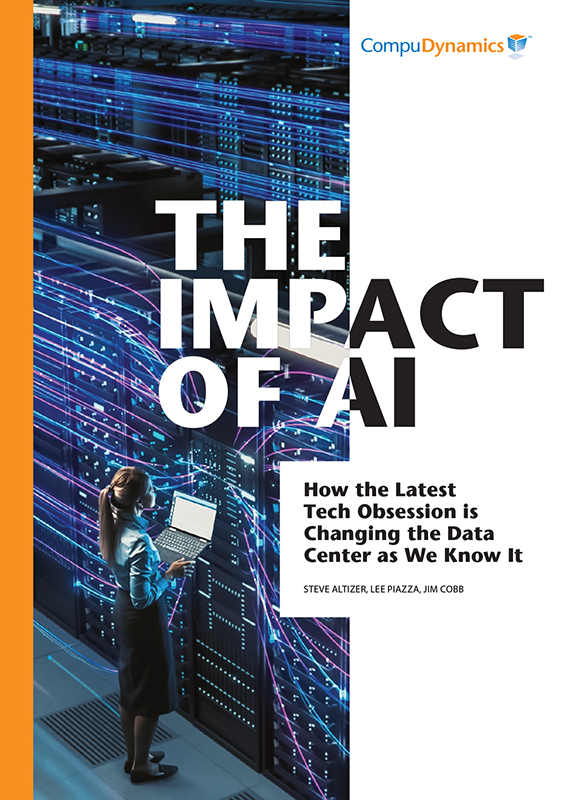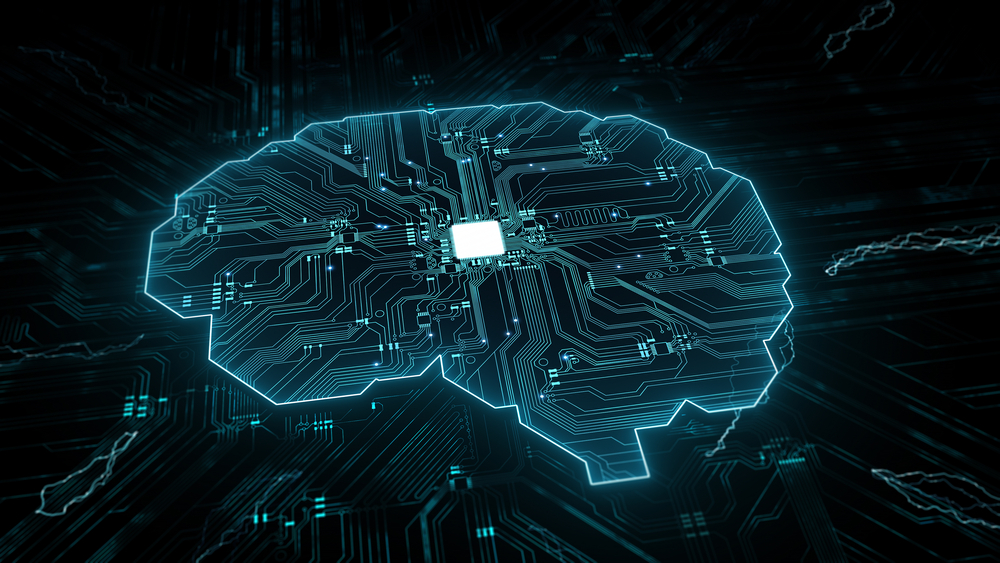The explosion of ChatGPT and other generative artificial intelligence (AI) applications within the last year has stirred up a frenzy across all industries, as businesses race to discover how AI technologies can be integrated within their enterprises. This AI explosion has also been felt within the data center industry, where AI applications and workloads are being powered alongside their traditional cabinet counterparts.
While AI has the potential to deliver massive benefits and operational efficiencies to those who adopt it, the technology has created novel challenges in the data center that must be solved.
In the newly released eBook, “The Impact of AI,” Compu Dynamics outlines the ways in which AI workloads differ from traditional applications, and how their increased requirements are impacting the data center, and the data center industry, as a whole.
Here are three ways in which the eBook claims the modern data center will need to change as AI application adoption continues to increase:
Design and construction
As data centers onboard AI applications, they are instantly presented with increased power requirements. Traditional IT workloads draw 5 – 15kW per rack, while AI and high-performance computing (HPC) racks can draw 50 – 75kW per cabinet. This spike in power consumption leads to an increase in heat production within the white space environment, which must inevitably be addressed with new cooling requirements.

Since traditional data centers predate the AI boom, their design and construction did not consider the power densities and cooling requirements that AI workloads demand. To accommodate the power and cooling needs of AI applications would require a complete physical reshaping and redesign of the white space.
Cooling
To accommodate the increased amount of heat produced by AI racks, data centers must find a more effective way to cool their cabinets. The traditional means of air cooling will no longer suffice in meeting cooling requirements, especially when considering that the mechanics behind air cooling consume a great amount of power that could be leveraged to run denser AI racks and cabinets.
An alternative approach that can meet the cooling needs of AI data centers is the adoption of liquid cooling methods. Liquid cooling is proven to remove heat faster and more efficiently while running on a fraction of the power required by air cooling.
Power
As AI racks increase in density, so will power consumption. This creates a challenge for data center owners and operators, as power delivery and distribution are out of their hands and are controlled by local utilities and power companies.
With the current rate of AI application adoption, there will inevitably come a time when there will not be enough power to run dense AI data centers and the residential communities surrounding them. This makes it increasingly important for local governments and data center operators to think differently about how they generate and consume power.
Though AI applications are undoubtedly shaping the future, there will inevitably be growing pains and lessons learned as it pertains to optimizing data centers for AI workloads.
To learn more about how AI applications are shaping the design, cooling, and powering of data centers, download the eBook, “The Impact of AI: How the Latest Tech Obsession is Changing the Data Center as We Know It.”
